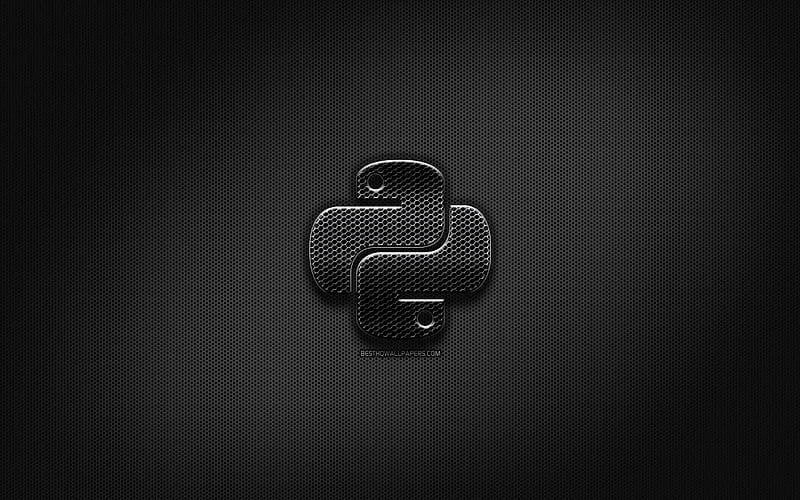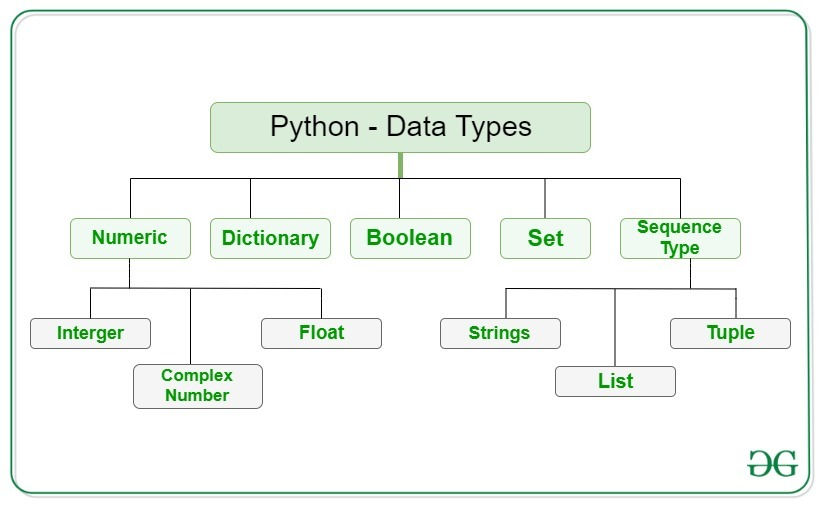Introduction to Python: A Comprehensive Guide
- programmersumu
- May 24, 2023
- 2 min read
Python has emerged as one of the most widely used programming languages in various domains, from web development to data science. This blog post aims to provide a comprehensive guide to Python programming, catering to beginners and individuals from diverse backgrounds who are eager to learn programming. With its simplicity, versatility, and extensive libraries and frameworks, Python offers a solid foundation for building a successful career in the field of technology.

Python's popularity can be attributed to its clean and readable syntax, which prioritizes human comprehension. Unlike other languages, Python uses indentation to define code blocks, making it easy to follow and understand. Whether you are a student, working professional, or someone with no prior programming experience, Python's beginner-friendly nature makes it an excellent choice to start your coding journey.
Before diving into the technical aspects of Python, it's essential to understand its applications. Python is employed by tech giants like Google and is utilized in a wide range of fields. From developing web applications and data analysis to machine learning and automation, Python offers solutions to numerous real-world problems.
To begin our comprehensive guide, we will explore the basic building blocks of Python programming. This includes understanding variables, data types, operators, and control flow statements. By grasping these fundamentals, you will gain the ability to write simple yet functional Python programs.
Next, we will delve into more advanced concepts such as functions, modules, and object-oriented programming (OOP). Functions allow you to encapsulate reusable blocks of code, enhancing code organization and promoting code reusability. Modules, on the other hand, enable the organization of related functions and classes into separate files, facilitating better code maintenance and collaboration. Understanding OOP principles empowers you to design and build complex software systems by leveraging the power of classes, objects, and inheritance.
As we progress further, we will explore various Python libraries and frameworks that extend the language's capabilities. These libraries, such as NumPy, Pandas, and Matplotlib, enable efficient data manipulation, analysis, and visualization. Additionally, we will touch upon web development frameworks like Flask and Django, which simplify the process of building web applications.
In addition to covering the technical aspects, we must emphasize the importance of writing clean, well-documented, and plagiarism-free code. Plagiarism is a serious ethical concern, and as aspiring programmers, it is crucial to maintain integrity and originality in our work. To avoid unintentional plagiarism, always cite and credit any code or resources you utilize, and strive to write code that reflects your own understanding and creativity.
In conclusion, this comprehensive guide aims to equip you with the necessary knowledge and skills to start your journey in Python programming. From the basics to advanced concepts, Python offers a rich ecosystem that caters to a wide range of applications. By adhering to best practices, maintaining originality, and continuously expanding your knowledge, you can leverage Python's power to build innovative solutions and excel in the ever-evolving world of technology.
Remember, programming is not only about writing code but also about problem-solving, creativity, and continuous learning. Embrace the journey, explore the possibilities, and enjoy the process of becoming a proficient Python programmer.



Comments